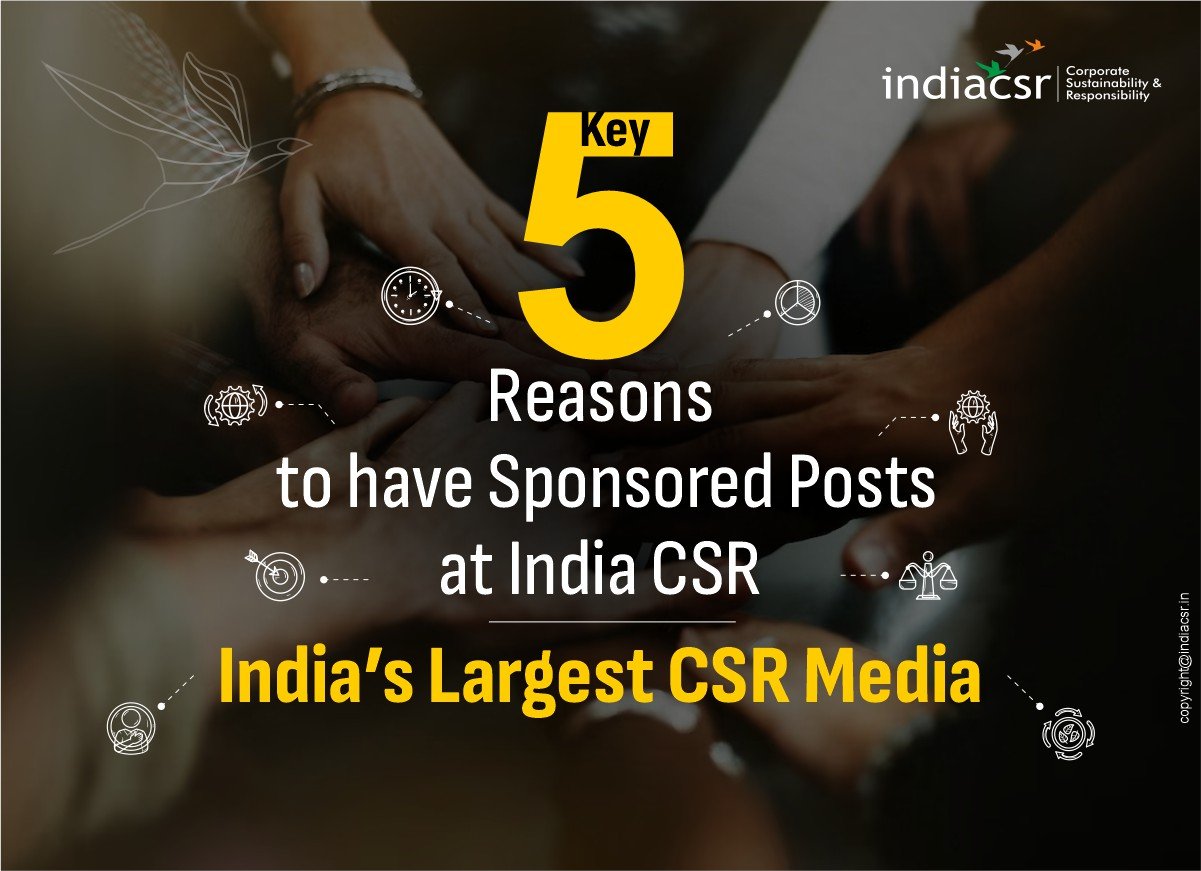INDIACSR News Network
HONG KONG:“Women’s economic empowerment will continue to be a key focus area for us in Asia as we endeavour to grow and connect even more meaningfully with our customers across the region,” shared
Walmart launched its global Women’s Economic Empowerment Initiative in 2011 with a defined goal of using the company’s global size and scale to help empower women through internal hiring practices and skills development programmes, sourcing across its global supply chain and charitable donations that aim to help lift women and their families out of poverty.
“According to the United Nations Population Fund, 45% of the vast productive potential of Asian women remains untapped and the region is losing US$42 billion to US$47 billion annually because of women’s limited access to employment opportunities. For us, this is an immense opportunity to make tangible and meaningful contributions. Both through our employment practices as well as through a host of external initiatives, we’ve really championed this cause, not only to improve women’s lives, but to drive the development of the economies and the emergence of strong families in the communities in which we operate,” Price continued.
Women have always been important to the Walmart story – traditionally, women have accounted for over 80% of Walmart’s customers. Meanwhile, according to the United Nations Population Fund, of the world’s one billion poorest people, three-fifths are women and girls. The International Labor Organisation also states that women perform 60% of all working hours and yet receive only 10% of the world’s income and own less than 1% of the world’s property.
In terms of external outreach, Walmart Asia has developed formidable empowerment programmes across the region, helping to increase women owned businesses and making sizeable donations to charitable initiatives. For example, Walmart China has developed a RMB 2 million partnership with China Women’s Development Foundation in order to better help Chinese rural women develop skills that enable them, along with their families, to rise out of poverty and improve their communities. Last year, projects in four national-level poverty stricken counties in Hebei, Shaanxi and Hunan became the first to receive funding from this partnership.
Additionally, Bharti Walmart in India has developed the Cashew Value Chain Initiative in Southern India in partnership with CARE India, with the aim of elevating women from poverty through engagement. By helping women earn a respectable living in a poverty stricken area of the country, as well as giving them an opportunity to gain crucial skills to sustain their families and educate their children, the initiative has facilitated the creation of a women-owned and operated community based institution which provides more equitable and consistent income to 1,250 women in the cashew farming and processing sectors.
In Japan, Walmart worked to help women in the aftermath of the earthquake and tsunami. In particular, Walmart donated US$1 million to the Mercy Corps, which helped 500 women procure seaweed harvesting equipment, enabling them to produce seaweed and sell it in Walmart Japan stores.
Internally, Walmart Asia has reached a number of milestones in its drive towards increasing gender diversity across all departments and stores in the region.
Already, one out of three Leaders in Walmart home offices across Asia is female and almost 60% of all Walmart Associates in Asia are also women. Across Asia, Walmart not only employs over 60,000 women, but is proactively increasing the number of women in decision making roles. For example, in China, 20% of Store Managers and 41% of associates at the director level or above are female. In the same vein, 20% of senior leaders at Walmart Japan are women, compared to the national level of just 9%.Numbers current as of 31 December 2011
Walmart Asia also seeks to create opportunities for its female employees through training and education. Walmart’s Women Leadership Councils have created a pipeline of female talent since 2008, helping women to progress internally while giving them tools to cope externally. These Women Leadership Councils have been successful in running diverse educational activities, including Leadership workshops and Female Store Associate Meetings, all of which have been deployed in Asia.
For example in Japan, where 70% of women continue to leave the workforce after their first child and only 65% of college educated women are employed, Walmart Japan has focused on giving its female employees a better work-life balance and leadership development opportunities through internal seminars and programmes. Through such initiatives, Walmart Japan provided career assessment and consultation to more than 2,000 potential female leaders in 2010 alone.
Mr. Price continued, “Through our on-going initiatives, Walmart Asia strives to tangibly reduce grass roots poverty. Across Asia, when women work, they invest 90% of their income back into their families for health, education, and nutrition, compared with 35% for men. As such, every time Walmart Asia helps a woman acquire the skills needed to work and gain a steady wage, it helps an entire family lift itself out of poverty. “




















